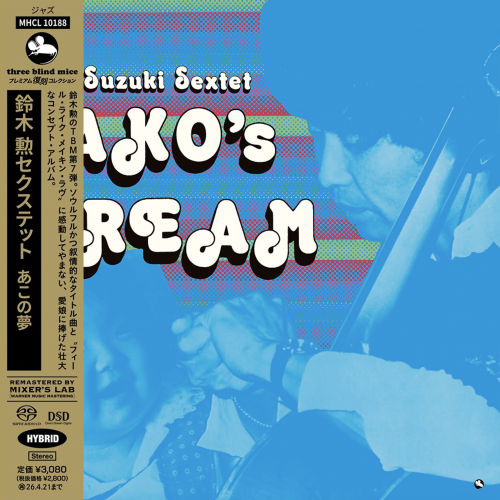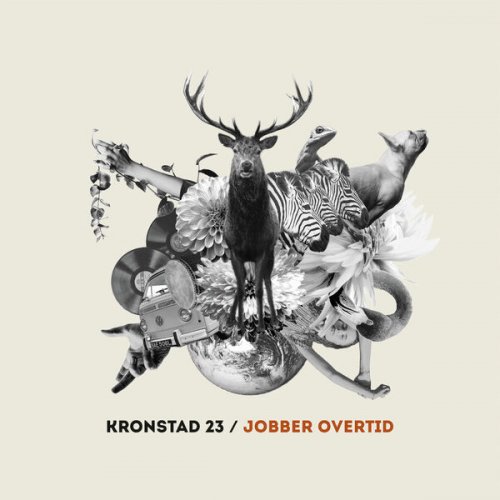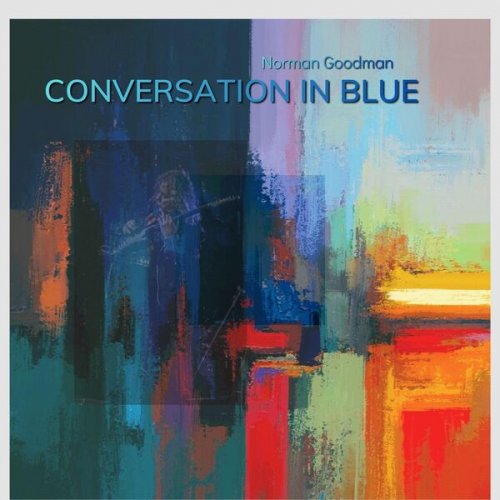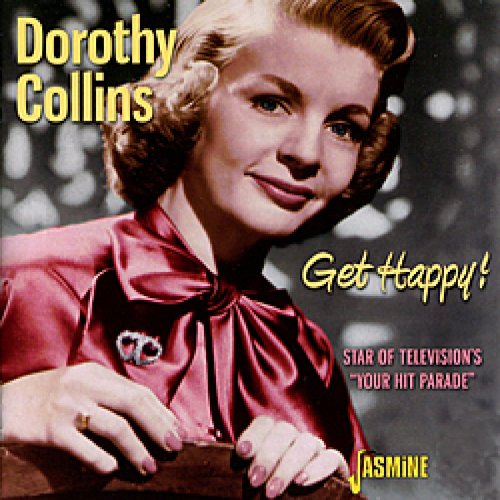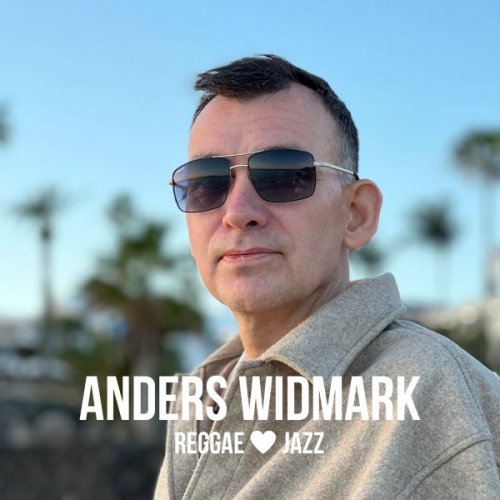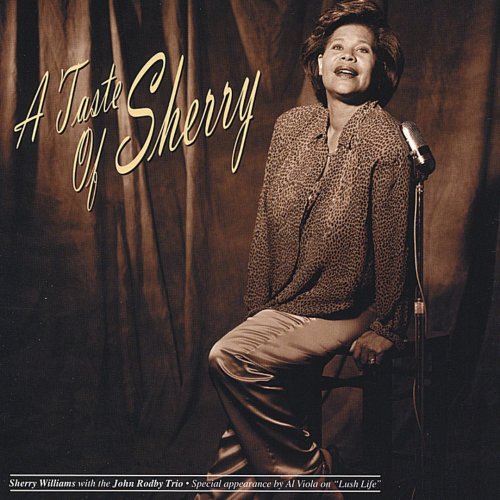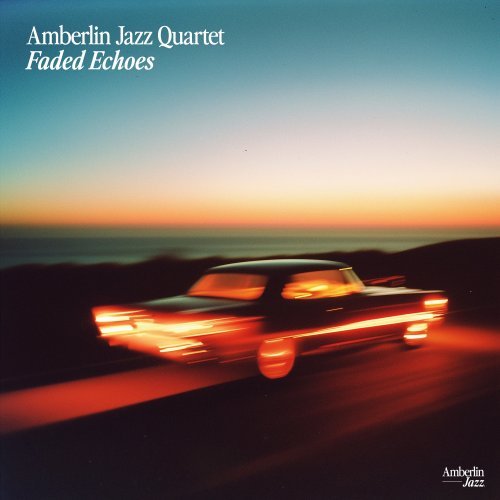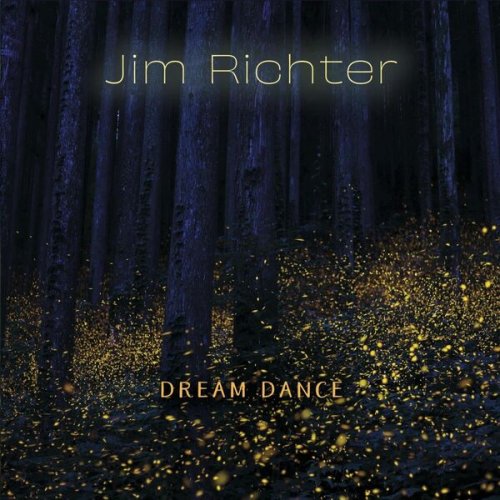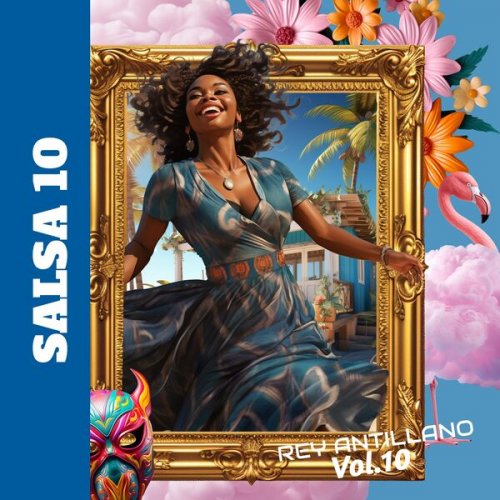Alain Lefèvre - Chausson: Concert / Mathieu: Trio & Quintette (2011) Hi-Res
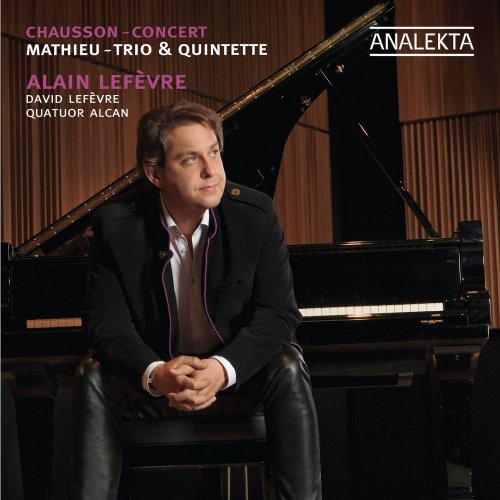
Artist: Alain Lefèvre
Title: Chausson: Concert / Mathieu: Trio & Quintette
Year Of Release: 2011
Label: Analekta
Genre: Classical
Quality: FLAC 24bit-88.2kHz / FLAC (tracks)
Total Time: 01:18:04
Total Size: 1.4 Gb / 379 Mb
WebSite: Album Preview
Tracklist: Title: Chausson: Concert / Mathieu: Trio & Quintette
Year Of Release: 2011
Label: Analekta
Genre: Classical
Quality: FLAC 24bit-88.2kHz / FLAC (tracks)
Total Time: 01:18:04
Total Size: 1.4 Gb / 379 Mb
WebSite: Album Preview
André Mathieu / Trio For Violin, Cello And Piano
1. Andante
2. Andante, Allegro Con Fuoco
André Mathieu / Quintet For Piano And String Quartet
3. Allegro
4. Allegro Con Fuoco
Ernest Chausson / Concert For Violin, Piano And String Quartet In D Major, Op. 21
5. Décidé
6. Sicilienne
7. Grave
8. Finale
Performers:
Piano – Alain Lefèvre
Cello – David Ellis (tracks: 1, 2)
Strings – Quatuor Alcan (tracks: 3 to 8)
Violin – David Lefèvre (tracks: 5 to 8), Laura Andriani (tracks: 1, 2)
Analekta is a Canadian label that does a good job in promoting homegrown Canadian classical musicians, and where possible, Canadian concert hall music. This CD is one instance of the latter, coupling two chamber works by the sadly short-lived French-Canadian composer Andre Mathieu (1929-1968) with the "Concert" by Ernest Chausson (1855-1899), who sadly himself left the scene much too early. Likewise, the brothers Lefevre, Alain (piano) and David (violin, featured in the Chausson), are French-Canadian, as is the Alcan Quartet (possibly the only active string quartet named for a multinational corporation). All of the performers do a very fine job on this recording, in bright, forward sound.
In terms of harmonic language, this coupling is quite apt, as Andre Mathieu used a lush, romantic musical language that would not have been out of place in the late 19th century. His piano trio (1952) and piano quintet (1953) are both very appealing and very accessible works. I admittedly got a sense of "stopping and starting" in the alternation of slow and fast sections in both works, which are both unconventionally structured in two movements each, rather than the more conventional 3- or 4-movement formats more common to vintage chamber music.
The Chausson takes up the bulk of the CD, as it's longer than the two Mathieu works combined (in fact, the 1st movement of Chausson's "Concert" is longer than the whole of Mathieu's piano trio). Oddly enough, even though the Chausson is longer, in a way, it's more taut than either Mathieu work, since the Chausson uses the opening motif as the seed for the whole work. You could almost say that it does more with less.
In terms of harmonic language, this coupling is quite apt, as Andre Mathieu used a lush, romantic musical language that would not have been out of place in the late 19th century. His piano trio (1952) and piano quintet (1953) are both very appealing and very accessible works. I admittedly got a sense of "stopping and starting" in the alternation of slow and fast sections in both works, which are both unconventionally structured in two movements each, rather than the more conventional 3- or 4-movement formats more common to vintage chamber music.
The Chausson takes up the bulk of the CD, as it's longer than the two Mathieu works combined (in fact, the 1st movement of Chausson's "Concert" is longer than the whole of Mathieu's piano trio). Oddly enough, even though the Chausson is longer, in a way, it's more taut than either Mathieu work, since the Chausson uses the opening motif as the seed for the whole work. You could almost say that it does more with less.
